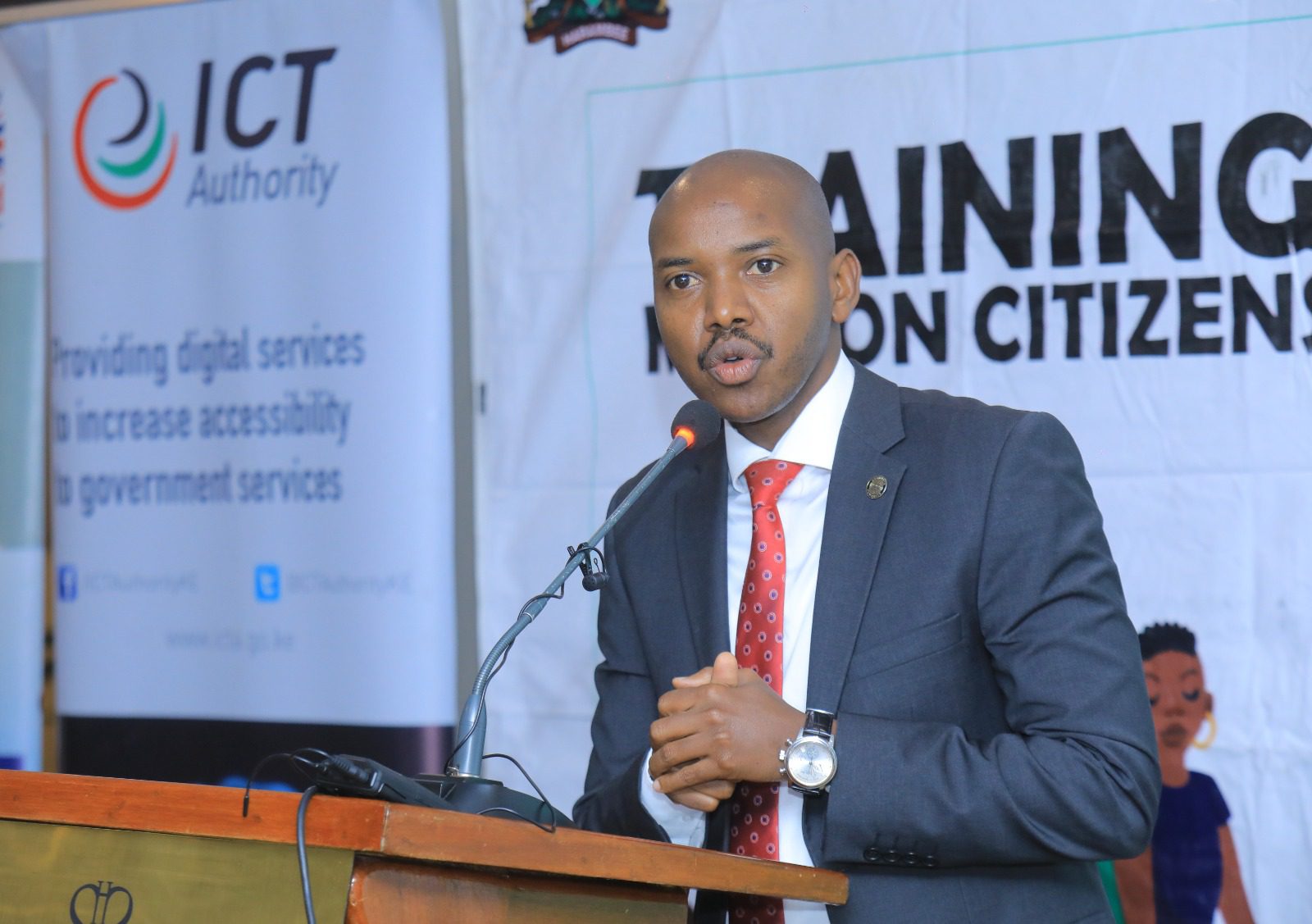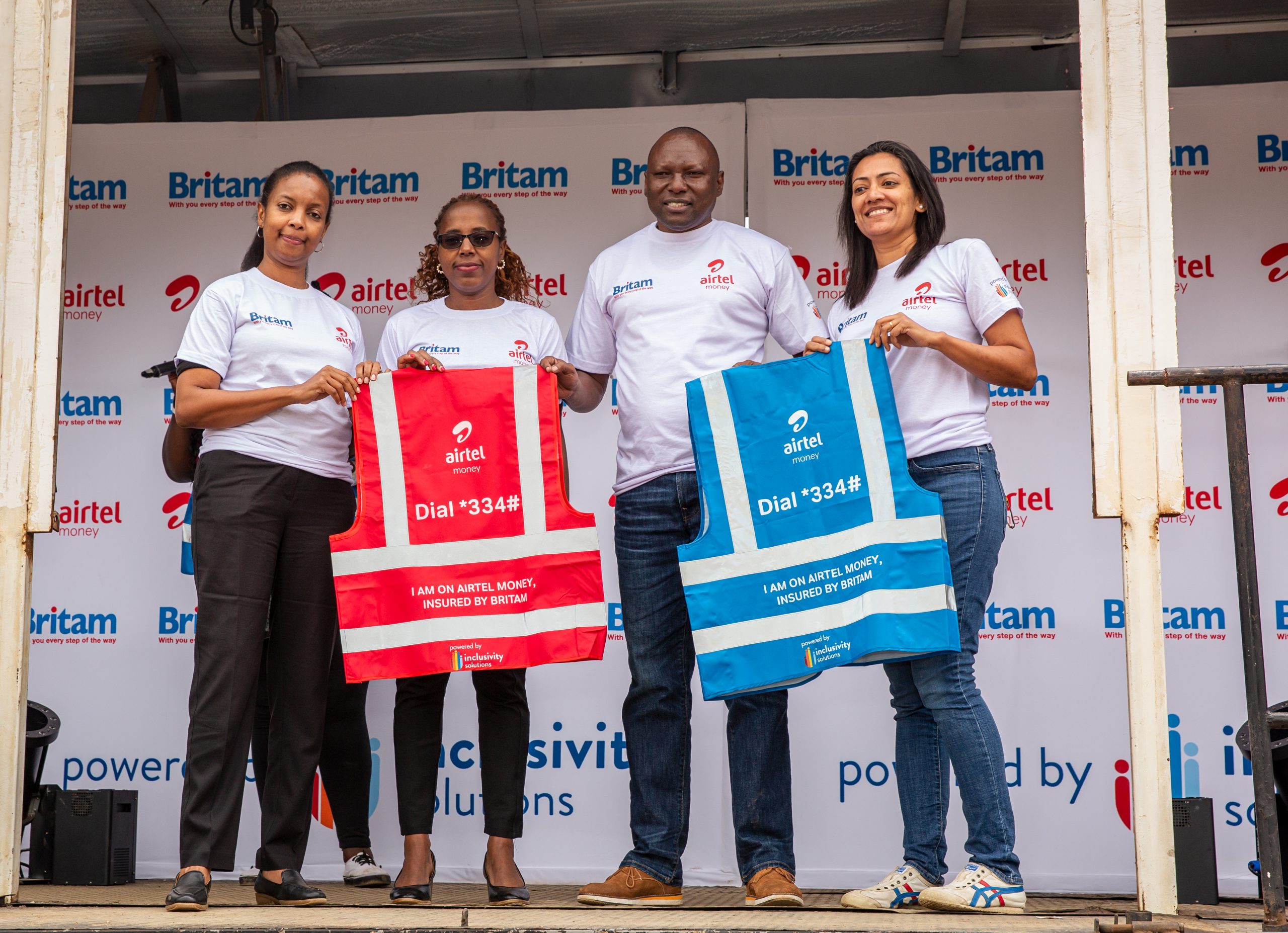There has been a lot of misconceptions and half-truths about digital migration being shared online and offline. Communications Authority has shared this with us to share with you our readers. Below is the statement from Francis Wangusi, Communications Authority Director General:
The Supreme Court on 13th February 2015 ruled that the analogue switch off dates remain as scheduled ahead of the international deadline of June 17th 2015.
The Analogue switch off dates had been set as follows:
- Phase 1: 31st December 2014: Switch of analogue TV transmitters in Nairobi and its environs.
- Phase 2: 2nd February 2015: Switch off of analogue TV transmitters in Mombasa, Malindi, Nyeri, Meru, Kisumu, Webuye, Kakamega, Kisii, Nakuru, Eldoret, Nyahururu (Nyadundo), Machakos, Narok and Loldiani (Rongai)
- Phase 3: 30th March 2015: Switch off of analogue TV transmitters in Garissa, Kitui, Lodwar, Lokichogio, Kapenguria, Kabarnet, Migori, Voi (Vuria), Mbwinzau/Kibwezi, Namanga and any other remaining sites
The Supreme Court ruling implied that any stations still broadcasting on the analogue platform in the areas already switched off were required to migrate to the digital platform with immediate effect. The Authority gave media houses on the analogue platform up to midnight of 13th February 2015 to migrate to the digital platform.
All media houses migrated to the digital platform except the three media houses, Nation Media Group, Standard Group and Royal Media Services. The Authority on Saturday 14th February, 2015 took necessary regulatory action to switch-off their analogue signals. The three on their own volition went ahead and withdrew their content from the digital platform (SIGNET and Pan African Network Group signal distribution networks) and selected pay TV service providers (Star Times and GOTv).
The Authority has noted with concern, deliberate misinformation and allegations perpetrated by the three media houses to the public. The Authority would like to set the record straight as follows:
| Allegations | Facts on Digital Migration |
| More than 90% of Kenyans starring at blank screens as analogue transmitters of the three media houses are switched off | More than 1.2 million households have purchased set top boxes and can therefore access the channels on the digital platform. The market has more than two million set-top boxes currently in stock with more under importation. The estimated numbers of television sets that need to be migrated are four million.The switch off was only effected in the regions earmarked in Phase 1 and 2. It is important to also note that only analogue transmissions were switched off in the exercise. |
| Government has forcibly switched off analogue frequencies and that the switch off is in bad faith | The Supreme Court ruled that the timelines agreed on for the phased switch off remain valid. The enforcement action taken by the Communications Authority of Kenya on 13th February 2015 was, therefore, mere enforcement of the ruling for non-compliant media houses.The three media houses have the avenue to air their broadcasts through the digital networks currently available. They voluntarily withdrew their content from the available digital platforms Signet, PANG and DSTV, yet these have even a wider reach than the analogue transmissions the media had before. KTN, NTV, QTV and Citizen TV only had 11 analogue transmission stations collectively, which was a very small proportion of what the digital network coverage currently offers. |
| The Communications Authority of Kenya effected the switch off the three media houses before reinstating the digital frequencies and self-provisioning authorization | The Authority had issued the three media houses with temporary authorization for self-provisioning in November 2014. This was withdrawn on 21st January 2015 after the three media houses ran misleading advertisements between 16th and 20th January 2015. This was in contravention of the Kenya Information and Communications Act, 1998.The said advertisement purported that StarTimes and GOtv were illegally carrying the content of the three media houses, thereby infringing on their copyright and neighbouring rights. The advertisement went further to instruct consumers not to purchase StarTimes and GOtv pay-tv set-top boxes to watch CITIZEN Television, NTV, KTN and QTV.
The tone of the advertisement, its content and timing was intended to cause confusion and disrupt the digital migration process. The Supreme Court, on 13th February 2015, directed the Authority to restore the self-provisioning authorization and the requisite frequencies with a condition that the media houses abide by all the conditions that had earlier accompanied the grant of authorization for self-provisioning. |
| The three media houses will soon avail cheaper set top boxes and have requested for more time to enable them import these set top boxes | Before importation of set top boxes, the law requires interested parties, to apply for a vendors licence from the Authority, and subsequently submit a sample set- top box for type-approval.The three media houses, through their consortium, Africa Digital Network, applied for a vendor’s licence on 12th February 2015. The application is now under consideration. However, ADN is yet to submit a sample set top box for type-approval.
It would be illegal for ADN to begin importation of these gadgets without prior approval. |
| The Authority and the Government are unwilling to support and protect local media houses against foreign interests over the distribution of frequency signals.
|
The first Broadcast Signal Distributor (BSD) licence was awarded to SIGNET, a subsidiary of Kenya Broadcasting Corporation. The second BSD licence was an open tender that was competitively won by Pan African Network Group (PANG). This was after the application by the National Signal Networks failed to meet the required criteria and was therefore disqualified.The two BSDs i.e. SIGNET and PANG have been assigned the same number of frequencies countrywide with at least two frequencies in every broadcast area. However, utilization of these frequencies is dependent on their rate of infrastructure roll out. To date, PANG has activated more transmitters compared to SIGNET.
21 digital TV frequencies were being assigned to the ADN consortium, where members of the consortium already had analogue coverage. After the analogue switch off is compete there will be more frequencies available for distribution. There is, therefore, no discrimination in the issuance of frequencies as purported. |
| The government is curtailing media freedom and infringing on rights of citizens to information | Digital television broadcasting is a technological change with numerous benefits to the country. The process begun in 2007 and all media houses and other players have had enough time to prepare financially, commercially as well as technically to migrate to the digital platforms.The media houses failed Kenyans by not preparing for this technological change.
It should be noted that Kenya’s failure to migrate will negatively impact the frequency planning in the country and neighbouring countries. |
| Digital migration will cause job losses in the media sector | On the contrary, digital migration will create thousands of jobs and huge investment opportunities. The Authority has already licensed over 40 content service providers on the digital platform. The providers have to create content and this will uplift the media and film production industry and create employment. |
| The deadline for migration is movable | The international deadline for digital migration of 17th June 2015 is set and cannot be changed. |
| There isn’t enough awareness about digital migration | Geo Poll, the world’s largest mobile survey platform, recently carried a study on digital migration awareness in Kenya. The study showed that 88% of Kenyans are aware of the requirement to migrate to digital broadcasting.This level of awareness has been achieved despite the refusal by the three media houses to carry paid advertisements on digital migration and provision of correct information to Kenyans on the issue of digital migration. |
| Set Top Boxes are not available in the country | The Authority has licensed over 80 vendors who are selling set top boxes in supermarkets, electronic shops and their respective outlets across the country.The market has over 2 million set top boxes in stock available for purchase by consumers. |
| Kenya is taking on a Pay TV model and forcing wananchi to pay in order to watch television in the digital broadcasting era | No Kenyan needs to pay to watch TV.The market has two types of set top boxes. Free-to-Air and subscription based set-top boxes.
The Free-to-Air is a one-of purchase price and viewing attracts no extra costs. Viewers who would like to access premium content offered by Pay TV providers have the choice to purchase the pay television subscription services. Pay TVs attracts a monthly subscription fee according to the bouquets offered by the service providers. |
| Kenyans are only relying on two television stations for news | The Authority has licensed more than 40 Free-to-Air channels on the digital platforms, with over 30 on SIGNET and 8 on PANG Platform. Free-to-Air channels providing comprehensive news include KBC, K24, Kass TV, GBS, EBRU TV, 3 Stone TV and Njata TV, KTS, Pwani TV and Lolwe TV. News is provided in English, Swahili and vernacular languages.SIGNET is on air in Nairobi, Mombasa, Kisumu, Nyeri, Nakuru, Nyadundo, Eldoret, Machakos, Nyambene, Embu, Muranga, Naivasha, Narok, Kisii. SIGNET are expected to be on air by end of this week in Malindi and Siaya.
PANG is on air in Nairobi, Mombasa, Webuye, Kisumu, Nyeri, Malindi, Nakuru, Eldoret, Nyambene (Meru), Nyahururu, Machakos, Narok, Kericho(Kapchepto) and Kisii. The combined digital terrestrial television (DTT) coverage is currently at 58% compared to 60% coverage by the analogue signal. The digital signal is still being rolled out and it will eventually surpass analogue signal in the country. The three media houses were on air in Nairobi, Mombasa, Webuye, Kisumu, Nyeri, Nakuru, Eldoret, Nyambene (Meru), Nyahururu, and Kisii. This was a very small percentage of coverage in comparison to the overall current digital coverage. Additionally, most Kenyans access news from various platforms including radio which has a wider reach than television. Radio is not affected by digital migration and services are still available to Kenyans. |
We urge Kenyans to embrace the digital migration and to seek factual information from our various communications platforms indicated below.
Issued by:
Francis Wangusi
Director-General





























